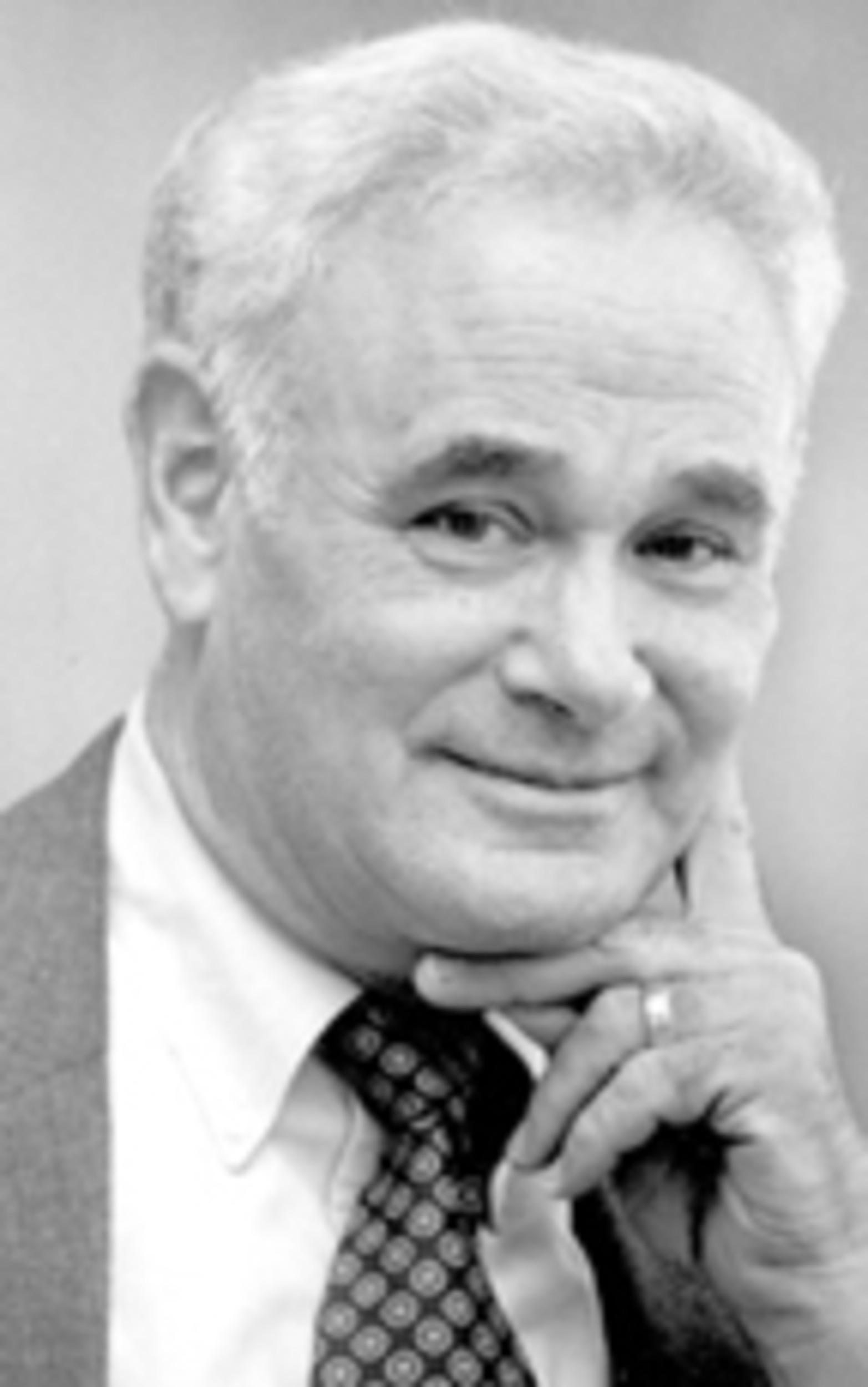The wonder of Rosh Hashanah
Toward the end of this month, as the sun sets on Sunday, Sept. 25, Jews throughout the world will be welcoming the new year of 5783.
Like all major Jewish holy days, our Rosh Hashanah celebration embodies a multitude of interwoven motifs; nevertheless, the dominant theme of this holy day is the celebration of the birthday of the world, hayom harat olam, a Hebrew phrase found in just about every machzor, every High Holy Day prayer book. A more literal and suggestive translation of hayom harat olam could be “the day the world was conceived” or even “the day the world became pregnant.”
The theme of the world’s creation is so central to the meaning of Rosh Hashanah that in many, perhaps most, Reform synagogues in North America – in contrast to more traditional synagogues – the Torah reading chanted on our new year begins with “Bereysheet bara Elohim et ha’shamayim v’et ha’aret.” – “In the beginning God created the heavens and the earth.”
While many of us respond in an emotionally positive way to the majesty of our Torah’s opening account of creation, we are well aware of how these ancient words contradict today’s scientific worldview. Our ancient author was basing his account on both the cosmology (structure of the world) and the cosmogony (order of creation) accepted throughout the Mesopotamia of his day.
Thus, our biblical author assumed that our world was a flat disc, that the sky was a semi-permeable dome (something like a bell jar that we place over a chunk of cheese), that the sun, the moon and the stars were all contained within the roof of this bell jar, and that the rain waters were stored above the sky and would fall to the earth when the sluices of the sky opened up to allow the waters to pour down.
Similarly, the order of biblical creation – though, broadly speaking, proceeding from simple to more complex – contradicts what modern science tells us about the evolution of life on planet Earth. To cite but one glaring example, the first chapter of Genesis tells us that vegetation was created on the third day, while the sun, the moon and the stars were not created until the fourth day. Of course, even elementary school students learn that plants need the light of the sun to survive – even though they might not yet have heard the term “photosynthesis.”
Nevertheless, let it be said that while the biblical author got his scientific facts wrong, he – along with numerous other biblical writers – managed to capture the religious meaning of the story of creation.
In the opening chapter of our Torah, the author evinces our sense of awe and mystery at the process of creation, as the world evolves day by day, culminating with the creation of Man and Woman on the sixth day and the Shabbat on day seven. In the beginning, God!
Our ancestors’ deep and abiding respect for the processes of our natural world – processes they felt were powered by God – are evident throughout our TANAKH, our Hebrew Bible. Many of our Psalms sing the glories of our natural world. The prophet Second Isaiah (40.26) urges us to “Lift up your eyes on high and see! Who created these?”
Commentators on this verse have suggested that within the prophet’s almost ecstatic exuberance lies a series of profound religious and philosophical questions: Why is there something rather than nothing? From where has all of the “stuff” of our universe come? How did the beginning begin? How can there ever be yesh me-ayin, something from nothing? Our minds explode with wonder at such questions!
Jewish tradition, literally interpreted, tells us that as of this Rosh Hashanah, our world will be 5783 years old. Contemporary astronomy tells us that our universe was born approximately 13.8 billion years ago.
The new James Webb Space Telescope, rocketed into orbit in mid-July, is designed to use a broad spectrum of infrared light to enable us to look back in time 13.6 billion years and to see events that are 13.6 billion light years from us. Light travels almost 6 trillion miles in a year – a trillion being the number 1 followed by 12 zeroes! It is simple arithmetic to multiply 13.6 billion years by the miles light travels in a year, but the result staggers the imagination.
The American radio personality, author and actress Robin Quivers (b. 1952) has said, “It is essential that a part of you not grow up. Childhood wonder gives us our spark and beauty.”
I would argue that it is because the 20,000 or so individuals who worked on the James Webb Space Telescope over a period of 30 years preserved their childhood sense of wonder that they were able to transform their youthful vision into a such breathtaking accomplishment.
As we welcome the coming new year of 5783, may we, whatever our age happens to be, strive to preserve our childhood sense of wonder – that essential part of us that must never grow up. Let us learn to celebrate that unanswered and unanswerable question: Why are we privileged to live in a world of something rather than nothing?
JAMES B. ROSENBERG is a rabbi emeritus at Temple Habonim, in Barrington. Contact him at rabbiemerituis@templehabonim.org.








